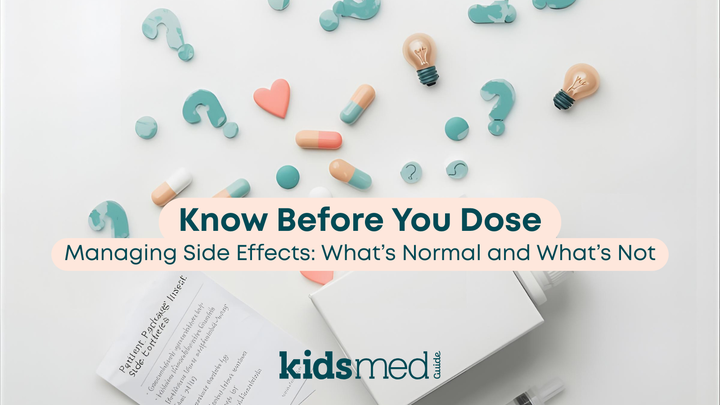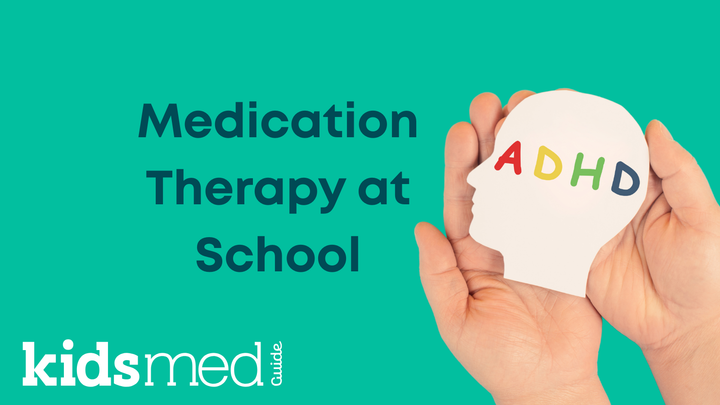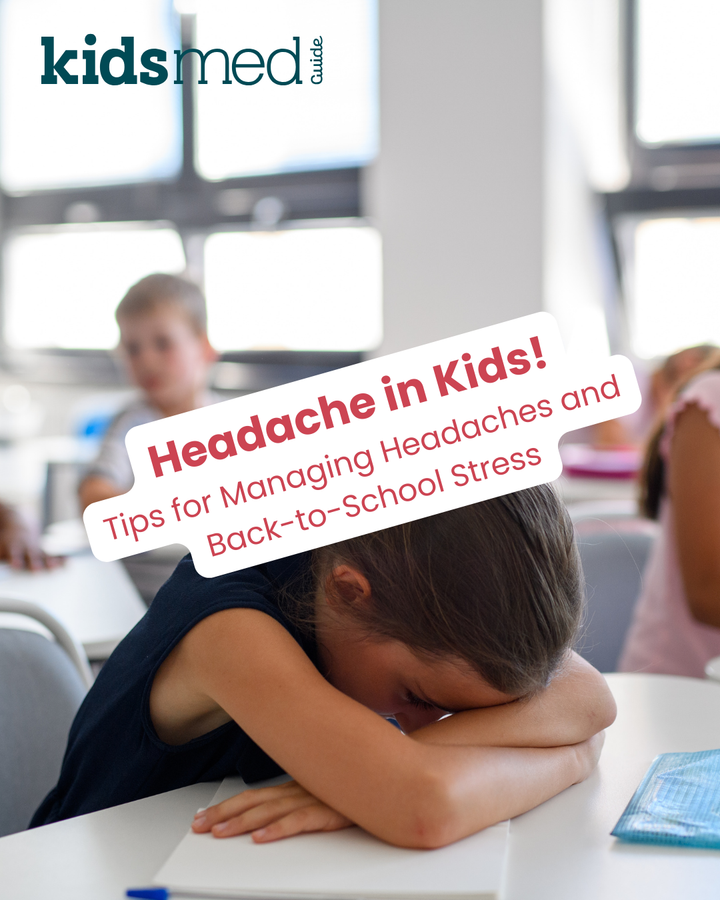Sports Injury Pain Control and Safe Use of OTC Pain Relievers
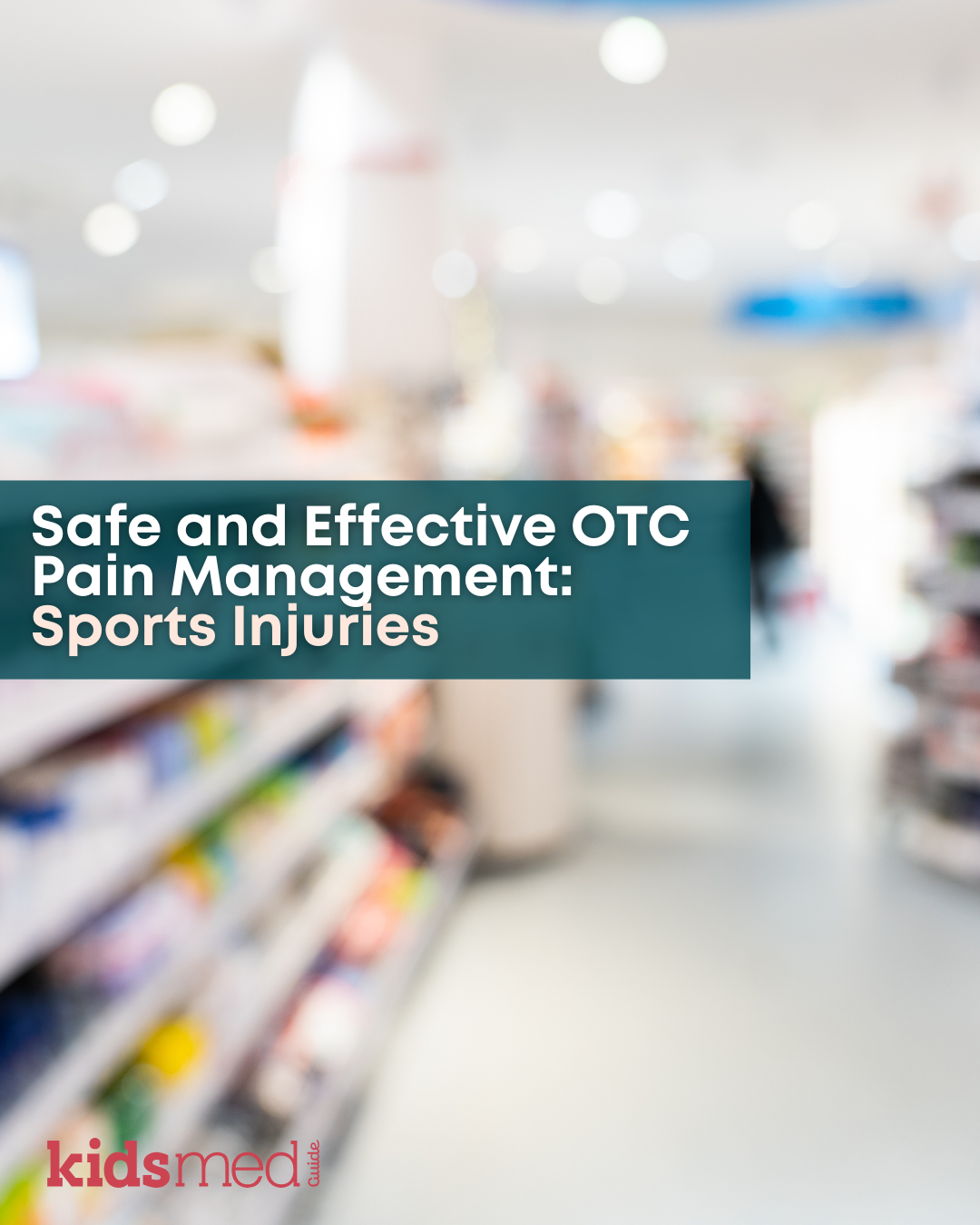
Children and teenagers often get bumps, sprains, and sore muscles while playing sports. We’ve had many twisted ankles in our house thanks to gymnastics and the monkey bars. As a parent and pharmacist, I’ve given out lots of ice packs, and I know that injury and pain are unavoidable parts of an active childhood!
Proper sports injury pain relief is not just about comfort. It also involves using medications safely, healing properly, preventing further injury, and returning to sports and daily life as soon as possible.
Why Proper Sports Injury Pain Management Is Important
Ignoring pain or masking it without proper treatment can turn a simple injury into a season-ending event, or worse, cause long-term damage in a growing child. Pain management for athletes is important because it helps preserve mobility, reduces inflammation, and supports the body’s natural recovery process.
This is so important for kids and their growing bodies. Improper pain management can have lifelong effects. Effective control also allows kids to maintain their mental well-being because sitting on the sidelines is no fun!
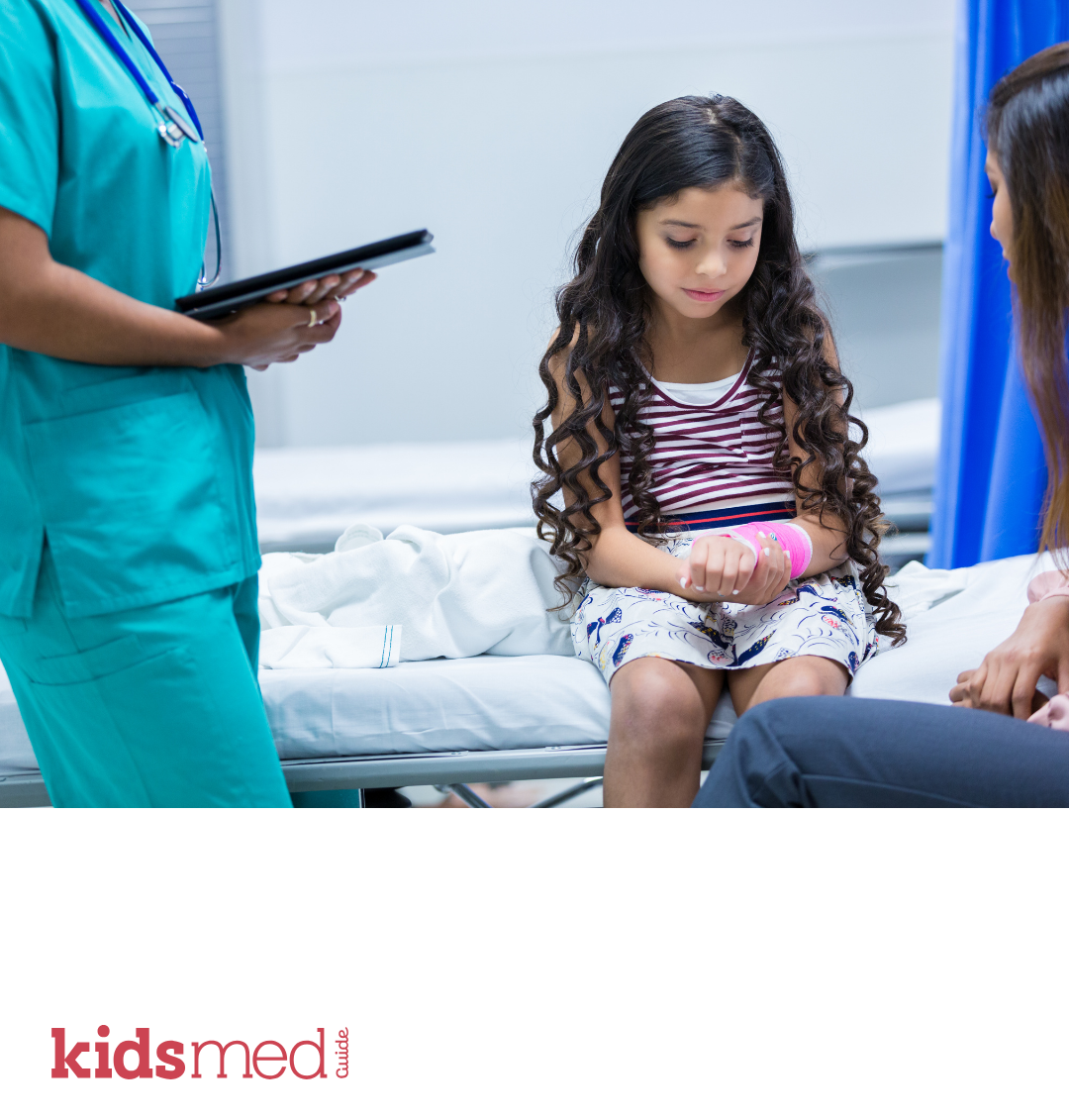
Types of Pain Relievers for Sports Injuries
Over-the-counter oral pain medications
For most sports injuries, families turn first to familiar OTC medications:
- Acetaminophen (Tylenol®):
- Eases pain and lowers fever, but does not treat inflammation
- Safe for most children when used at the correct dose
- Overdosing or long-term use can damage the liver
- Ibuprofen (Advil®, Motrin®):
- A nonsteroidal anti-inflammatory drug (NSAID) that relieves pain, reduces swelling, and treats fever
- Often the first choice for sports-related injuries because of its anti-inflammatory effects
- Approved for children 6 months and older
- It can irritate the stomach and GI tract and harm the kidneys if overdosed or used long-term
- Naproxen (Aleve®):
- Another NSAID that alleviates pain, reduces inflammation, and treats fever
- Lasts longer than ibuprofen (8-12 hours)
- It is not recommended for young children, but may be used in teens over age 12
- It can irritate the stomach and GI tract and harm the kidneys if overdosed or used long-term
Always verify the product label and dosing instructions. If your child has any chronic medical conditions, such as problems with their heart, kidneys, or liver, or is taking other medications, consult your child’s doctor or pharmacist to ensure drug safety.
If your child needs OTC pain medication for more than a few days, or if the pain is severe or not relieved by ibuprofen or acetaminophen, seek medical advice. Never use aspirin in children for pain relief.
NSAIDs for muscle and joint pain
NSAIDs such as ibuprofen and naproxen reduce inflammation, making them particularly useful for sprains, strains, and overuse injuries. They work by blocking enzymes that trigger the body’s inflammatory response. They also help with pain.
While effective, they should be used for the shortest duration necessary because long-term use can irritate the stomach or affect the kidneys. Your doctor may recommend taking an NSAID just as needed or “around the clock” after an acute injury for a couple of days. This means taking it on a scheduled basis.
Your provider may recommend alternating acetaminophen and ibuprofen if the pain is significant. Acetaminophen won't help with inflammation, but it could help with pain control.
Topical pain relief creams
Sometimes, applying a topical cream or gel to the affected area is a good option, either alone or with acetaminophen or ibuprofen, especially for sore muscles or localized joint pain. Many OTC topical pain products are available, often marketed under names like “muscle rub” or “pain cream”… BUT not all of them are suitable for children.
Topically applied medication is absorbed through the skin and can have both local (skin) and systemic (body) effects. Read labels carefully, check for both active and inactive ingredients, and ask your doctor or pharmacist if you're unsure. Be especially cautious when it comes to children under age 12.
Topical pain relief creams often contain ingredients like menthol, camphor, or lidocaine, which provide a cooling or numbing effect at the site of application.
- Menthol is generally safe for children over the age of 2 in small amounts, provided it is indicated as age-appropriate by the package insert or label (the concentration and delivery method—patch, cream, gel, etc.—makes a difference in age recommendations). Patches containing menthol are usually indicated in children aged 12 and older (if marked as appropriate by the product label) due to their higher concentration.
- Camphor should be avoided in children and reserved for teens and young adults. It can be neurotoxic if used excessively or accidentally ingested. Don’t keep camphor products around the house if you have a curious toddler or baby who might get into them.
- Lidocaine should not be used in young or small children. Some over-the-counter products with lower concentrations specify 'age 3 and up,' while others (including prescription options) state 'age 12 and up.' However, limiting its use to children 12 and older is safer, unless under the careful guidance of a doctor with a prescription. Lidocaine can be toxic to the heart if overdosed or misused. Too much lidocaine in a small child can be dangerous because some of the topical product is absorbed. I recommend only using lidocaine in your child under your pediatrician's supervision.
Don’t use topical pain medicines on broken or damaged skin. Never cover them up with adhesive or bandages. Do not apply pain cream to large areas of the body unless specifically instructed to by a medical provider. Always keep topical medicines (and oral medicines!) out of reach of young children and pets.

Sports Injury Pain Management at Home and During Activity
The classic RICE method —rest, ice, compression, and elevation — still holds, with some caveats. Using the RICE method after an acute injury helps with pain, swelling, and inflammation. Best part? It’s a drug-free intervention! In some cases, pairing RICE with appropriate OTC medications can speed recovery.
The most recent guidance says that parents can use the RICE method in the first 8 hours or so after an injury. After that, there is little to no benefit, and it may even delay the healing process. Parents should also use caution with "compression" or wrapping an injury with a bandage. Wrapping too tightly may cause further injury.
Athletes should not push through significant pain. Playing while injured can increase the risk of a more serious injury. Parents should monitor symptoms and consult a healthcare professional if pain worsens, swelling persists, or mobility is severely limited. Speak to your child's doctor about how long to rest versus using the injured area lightly, known as an "active recovery."
Safe Use of OTC Pain Relievers for Athletes
Even though OTC medications are widely available, they are not risk-free. Safe use includes:
- Use age-appropriate doses (always check with your pediatrician or pharmacist).
- Avoiding doubling up on products with the same active ingredient. For example, do not give a child ibuprofen plus a multi-symptom cold medicine that also contains ibuprofen.
- Limiting duration of use to just a few days unless advised otherwise.
- Checking for interactions, especially if your child takes other medications such as for asthma or ADHD.
If pain persists for more than a week or interferes with daily life, professional evaluation is needed. Severe pain, inability to walk or use the injured area, obvious body deformities, and anything else concerning are symptoms that also warrant a trip to the doctor’s office or urgent care/ER.
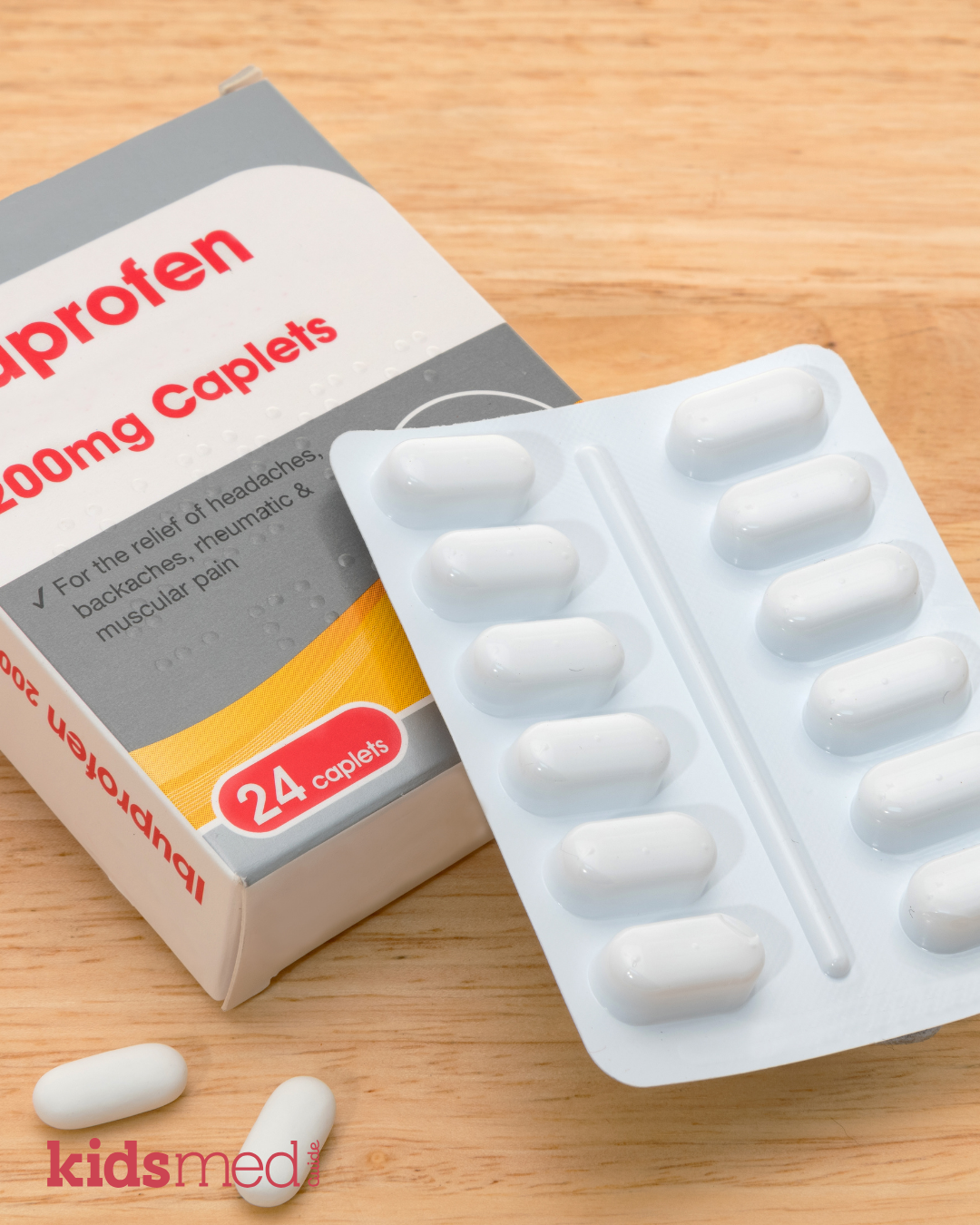
Preventive Measures and Long-Term Pain Management
Prevention is always better than treatment. Families can reduce sports injuries by focusing on:
- Warming up before activity
- Stretching regularly
- Using protective gear such as mouthguards, helmets, and pads
- Building strength and conditioning in the off-season
- Participating in age-appropriate sports and activities
- Working with a sports medicine specialist if your child is prone to a certain injury
Preparing Families and Athletes for Pain Management
Parents, athletes, and coaches should work as a team. Youth sports are so great for exercise, teamwork, and personal development, but the participants are kids. Protecting kids' health is most important. That means:
- Recognizing when pain is minor versus when it signals something serious
- Teaching older teens and young adults how to use pain relievers safely
- Encouraging open communication about symptoms instead of “toughing it out”
- Knowing when to pause sports until cleared by a healthcare provider
Conclusion
Sports injury pain relief involves rest, recovery, and paying attention to your child. With safe use of OTC medications and following your doctor's advice about rest and recovery, families can help athletes recover quickly and avoid long-term setbacks. Go team!
Frequently Asked Questions
What are the most effective OTC pain relievers for sports injuries?
Ibuprofen and acetaminophen are the most common. Ibuprofen is better for inflammation, while acetaminophen is a good option for pain if swelling is not an issue.
How should topical pain relief creams be applied safely?
Apply to intact skin only, following the label instructions. Avoid wrapping or heating the area afterward, as this increases absorption. Always read the ingredient and age recommendations and double-check with a doctor or pharmacist, especially for young kids under age 12.
Can athletes combine different OTC pain medications?
Sometimes, yes. In certain situations, acetaminophen and ibuprofen may be alternated to help with pain control, but combining two NSAIDs, such as ibuprofen and naproxen, is unsafe.
When should I see a doctor for sports-related pain?
Seek medical care if pain persists for more than a week, limits mobility, or is accompanied by severe pain, swelling, deformity, or fever.
How can athletes prevent recurring injuries and pain?
Regular conditioning, proper warm-up, protective equipment, and rest days go a long way in preventing repeated injuries. Stick to age appropriate sports and activities.
The following references were used to compile this information:
DailyMed—4% LIDOCAINE PATCH- lidocaine patch. (n.d.). Retrieved September 7, 2025, from https://dailymed.nlm.nih.gov/dailymed/drugInfo.cfm?setid=35a15e60-b33c-5065-e063-6294a90ad9df
DailyMed—ACETAMINOPHEN 325MG- acetaminophen tablet. (n.d.). Retrieved September 7, 2025, from https://www.dailymed.nlm.nih.gov/dailymed/drugInfo.cfm?setid=c26f1872-ebff-4164-bf64-4272df43a2db
DailyMed—BASIC CARE CHILDRENS IBUPROFEN- ibuprofen suspension. (n.d.). Retrieved September 7, 2025, from https://www.dailymed.nlm.nih.gov/dailymed/drugInfo.cfm?setid=1204267a-5505-4257-837b-8902b7571347
DailyMed—CAMPHOR ointment. (n.d.). Retrieved September 7, 2025, from https://dailymed.nlm.nih.gov/dailymed/drugInfo.cfm?setid=421ff22c-6521-463b-b324-173cc234e1f7
DailyMed—NAPROXEN- naproxen sodium tablet, film coated. (n.d.). Retrieved September 7, 2025, from https://www.dailymed.nlm.nih.gov/dailymed/drugInfo.cfm?setid=1e2e6e3a-b095-4d5b-86fe-61eb44a87cf0
DailyMed—TARGET UP AND UP PAIN RELIEF MENTHOL TOPICAL ANALGESIC ROLL-ON- menthol gel. (n.d.). Retrieved September 7, 2025, from https://dailymed.nlm.nih.gov/dailymed/drugInfo.cfm?setid=0f95fc55-8665-9e89-e063-6394a90a7891
Kids & Sports Injuries: What to Do If Your Young Athlete Gets Hurt. (2024, January 17). HealthyChildren.Org. https://www.healthychildren.org/English/health-issues/injuries-emergencies/sports-injuries/Pages/After-a-Sports-Injury-When-to-See-the-Doctor.aspx
Lidocaine (topical application route)—Side effects & dosage. (n.d.). Mayo Clinic. Retrieved September 7, 2025, from https://www.mayoclinic.org/drugs-supplements/lidocaine-topical-application-route/description/drg-20072776
Tips to Prevent Sports Injuries in Children & Teens. (2023, March 9). HealthyChildren.Org. https://www.healthychildren.org/English/health-issues/injuries-emergencies/sports-injuries/Pages/Sports-Injuries-Treatment.aspx

